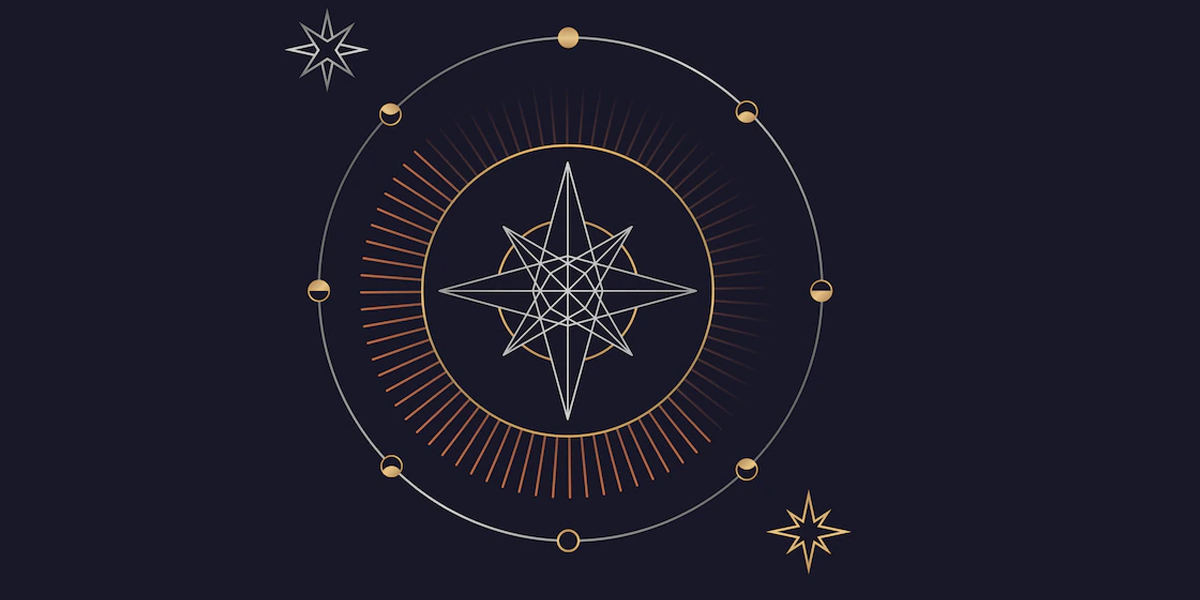

Pigeon Pose is a deep hip opener that stretches the piriformis muscle, which is often involved in sciatic pain. This pose can help to relieve pressure on the sciatic nerve and reduce pain.
Cat-Cow Pose is a dynamic stretch that helps to mobilize the spine, increase flexibility, and relieve tension in the lower back. It’s particularly effective for loosening up the muscles around the sciatic nerve.
Reclined Pigeon Pose is a gentler variation of the traditional Pigeon Pose. It targets the same muscle groups and provides a deep stretch without placing as much pressure on the lower back.
Bridge Pose strengthens the core, glutes, and lower back while also stretching the hip flexors and opening the chest. This pose helps to stabilize the spine and alleviate pressure on the sciatic nerve.
Cobra Pose is a gentle backbend that strengthens the lower back muscles and opens the chest. It helps to increase spinal flexibility and relieve pressure on the sciatic nerve.
Knee-to-Chest Pose is a simple yet effective stretch that helps to release tension in the lower back and hips. It also gently stretches the hamstrings, which can become tight in individuals with sciatica.



































































Mudras, ancient symbolic gestures primarily performed with the hands, have been revered across various cultures

India, a land rich in spiritual heritage, has gifted the world profound practices like Yoga

The Law of Attraction and Manifestation are popular concepts suggesting that our thoughts directly influence

In a world seeking deeper meaning and robust health, the ancient wisdom of Spirituality and

Within the realm of spiritual beliefs, an aura is often described as a distinctive, colored
| Cookie | Duration | Description |
|---|---|---|
| cookielawinfo-checkbox-analytics | 11 months | This cookie is set by GDPR Cookie Consent plugin. The cookie is used to store the user consent for the cookies in the category "Analytics". |
| cookielawinfo-checkbox-functional | 11 months | The cookie is set by GDPR cookie consent to record the user consent for the cookies in the category "Functional". |
| cookielawinfo-checkbox-necessary | 11 months | This cookie is set by GDPR Cookie Consent plugin. The cookies is used to store the user consent for the cookies in the category "Necessary". |
| cookielawinfo-checkbox-others | 11 months | This cookie is set by GDPR Cookie Consent plugin. The cookie is used to store the user consent for the cookies in the category "Other. |
| cookielawinfo-checkbox-performance | 11 months | This cookie is set by GDPR Cookie Consent plugin. The cookie is used to store the user consent for the cookies in the category "Performance". |
| viewed_cookie_policy | 11 months | The cookie is set by the GDPR Cookie Consent plugin and is used to store whether or not user has consented to the use of cookies. It does not store any personal data. |